The clinical signs of Feline Idiopathic Cystitis include dysuria (difficulty or pain during urination), pollakiuria...

How to introduce a new cat into the family?
¿Estás pensando en introducir un nuevo gato en la familia? Te dejamos unos tips para que te asegures de que es la decisión correcta y, sobre todo, para hacer de su llegada algo lo más bonito posible.
Sabemos la emoción que produce tomar la decisión de ampliar la familia, pero ¿realmente es el momento? ¿En casa estáis todos de acuerdo? ¿Estáis preparados para una adaptación que puede ser más o menos sencilla? Veamos los aspectos importantes a la hora de adoptar a un nuevo gato.
Important aspects of introducing a new cat into the family.
- Planning: before making this decision all human members of the household must be in agreement, and it is very important that the needs of the non-human members of the household and their characteristics are taken into account.
If a member of the family does not agree or is unaware of the arrival of a new cat, we are facing the danger of rejection, and if that animal cannot stay at home, what do we do? The "return" of animals is traumatic, whenever a kitten leaves a place to adapt to a new home it suffers and is stressed, combining two changes (adoption and return) is even worse and can mark the animal for life, leaving it traumatised and with consequences for its character and self-esteem.
When making this decision we must also take into account the animals we already live with, if you live with an elderly kitten, perhaps the idea of introducing a puppy should be discarded because their energies will not match and we can generate stress for the elderly and frustration for the puppy.
- Introduction protocol: do you know about the existence of these protocols? If the answer is no, stop here and get informed. To sum up, whenever a new member arrives at home we must keep the animals separated in different spaces (rooms), the ideal is to wait for the new member to get to know us, relax and adapt to their space which will be "their safe space", in which they should have a little cave, carrier or place to shelter in, if it is a bedroom they will probably hide under the bed or behind a piece of furniture. While you get to know each other, you can exchange beds or fabrics with which the different members of the family have contact so that they can "get to know each other" through their smells, so that they know that there are other people in the house.
The protocols are not standard, because not all animals are the same or behave in the same way, so the ideal is that if the kitten is adopted, the shelter will advise you if they have experience, if not consult a veterinary ethologist specialised in feline behaviour.
If we fail in the presentation we can be spoiling the coexistence for life, so this moment is crucial.
- Introduction in person: when we see that everyone is calm in the house, both the new and the previous inhabitants, we can introduce them to each other and let them see each other. It is always recommended that the first time they see each other is with a barrier (a fence, a baby gate, or in safe conditions for both animals).
This first eye contact can be very peaceful and pleasant or it can be full of snorting, shouting and even the occasional paw, hence the importance of the barrier.
- Supervision: if the first visual contact has not been idyllic, that's ok, it's normal, you have to go little by little and empathise with the situation for both, you can imagine your mates saying "who is this person with whom I'm going to have to share my humans, my beds and my food?" and the new cat thinking "where have they brought me and who are these people?"
The presentation in person should always be done under supervision, and the moment it goes wrong (increased tension or aggression) we will cut off this contact and separate them again, so that each one can return to their safe space and lower their stress levels. If possible, we can positivise the encounter with cuddles or treats, but always assess whether it is possible because of their character, we must be very attentive to their body language.
If the presentation goes well, if both respect the other and their physical space, if there is no aggression or a high level of stress, we can maintain this interaction but always with supervision, the first few weeks always with vigilance and when you are not present it is better that they are separated to avoid scares.
- Safe spaces: it is always advisable for the animals to have their own spaces; in the first few weeks these spaces should be physically separated, preferably by doors. Later on, if the cohabitation is positive, we should not abandon this concept of privacy and security, offering each animal its own bed, food bowl, water bowl and litter box, separated from each other and from those of its companions.
In this way we ensure that there is no competition for food, water, rest or litter, and in case of problems in cohabitation we may have to increase the number of resources or change locations.
Other important issues to consider when introducing a new cat to the household.
If you detect problems in coexistence, consult a veterinary ethologist as soon as possible to help you detect health problems or to modify the layout of your home to improve coexistence.
Remember that no two animals are the same, that there is no one-size-fits-all manual and that training and learning about their behaviour is the only way to understand them, and that if a situation is too much for you, you can always ask for help from a professional.
If you decide to increase your family, remember that adoption is always the best option. By adopting you save two lives: the life of the adopted animal and the life of the animal that will leave the street and take its place in the shelter.


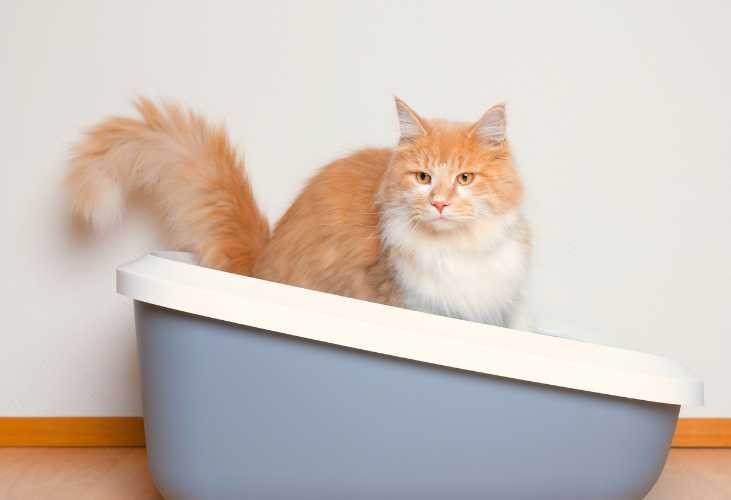




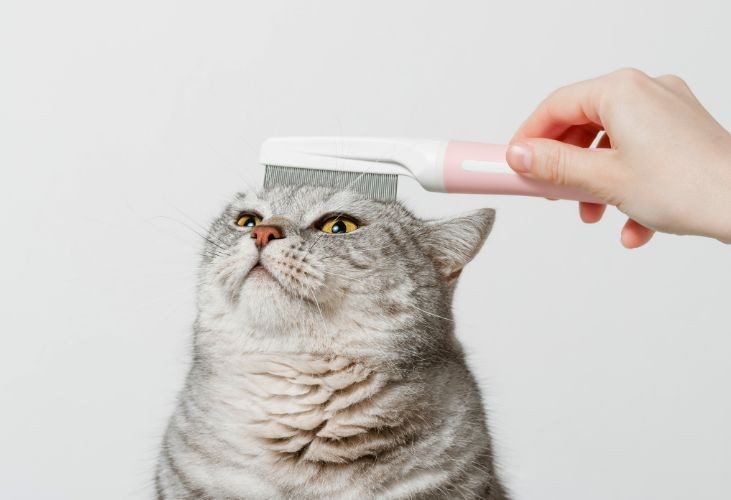
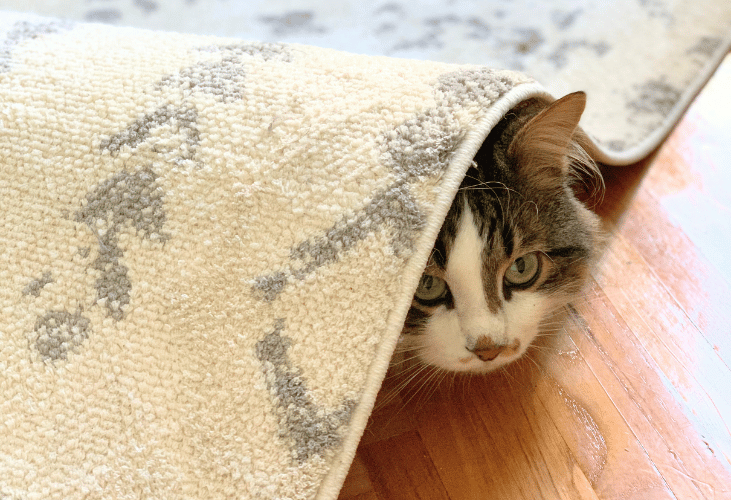
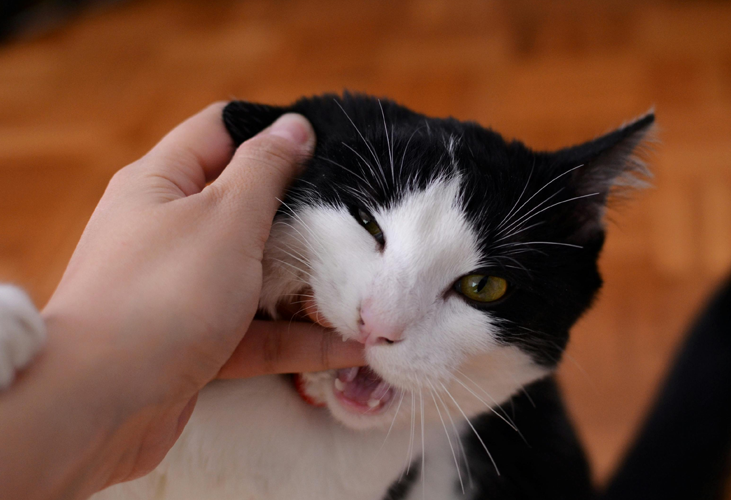
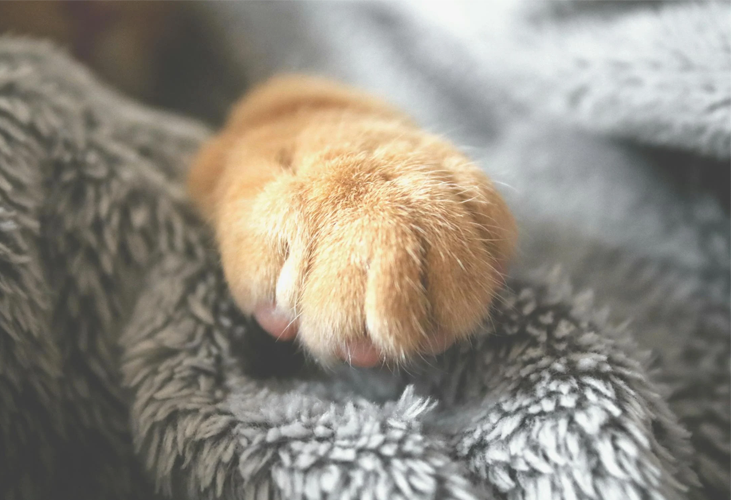

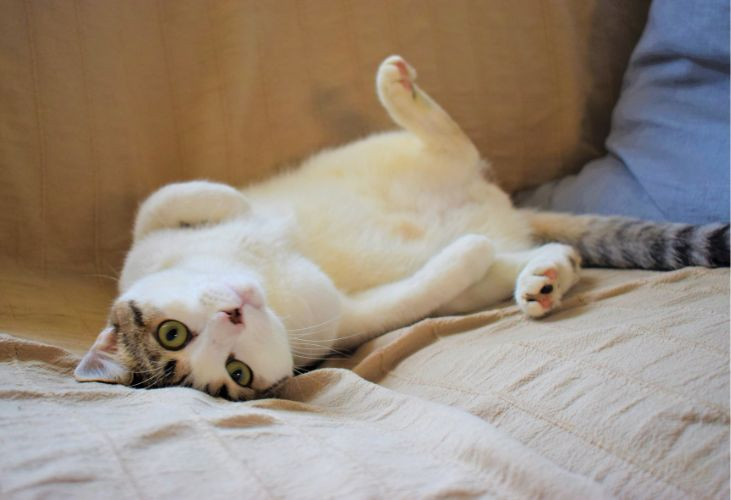
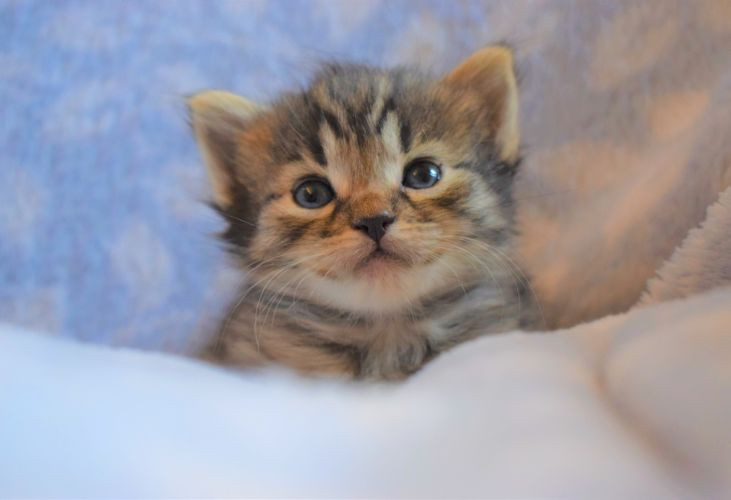

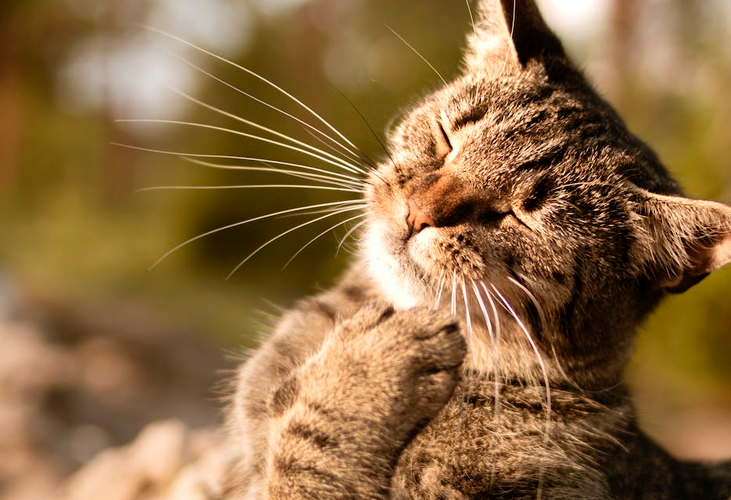

Leave a comment